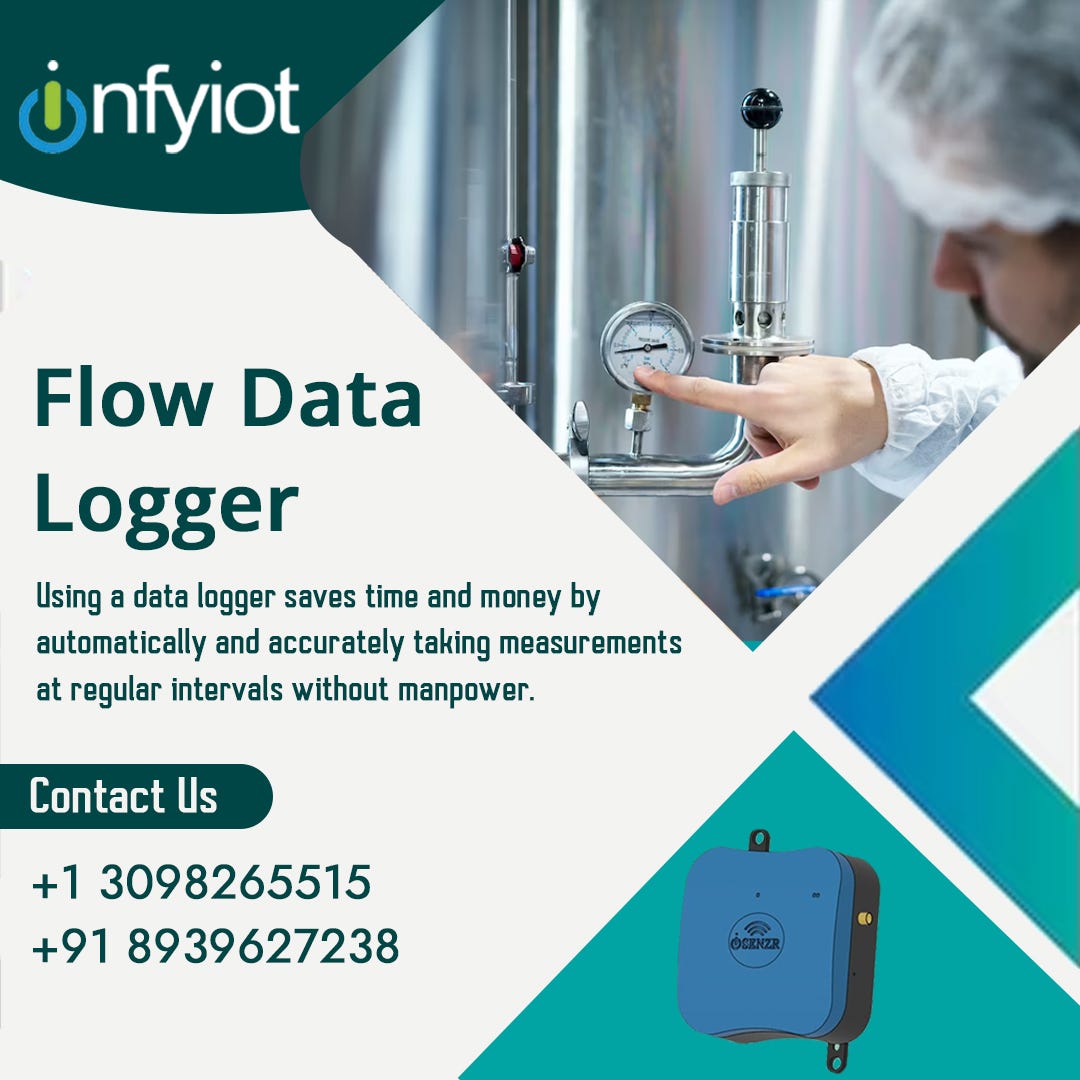A Beginner’s Guide: How to Use Flow Data Logger for Efficient Monitoring


In today’s data-driven world, monitoring and analyzing flow data is critical for industries as diverse as environmental monitoring, manufacturing, and research. An essential tool for this task is a flow data logger. Hello friends, welcome to the step-by-step guide to effectively using Flow Data Logger to collect accurate and reliable data. Whether you’re a beginner or looking to improve your flow-tracking processes, this guide will give you the knowledge you need to get started.
Understanding Flow Data Loggers:
Before getting into the application, it is important to understand the basic concept of Flow Data Logger. A flow data logger is a device used to measure and record flow rates in liquids or gases. It typically consists of a sensor, a data storage component, and a user interface for configuration and data retrieval.
Choosing the right flow data record:
Different flow data loggers are designed for specific applications. Consider factors such as flow rate range, accuracy, data storage capacity, and compatibility with your intended environment. Make sure the selected logger meets your needs and provides the necessary features to fulfil your monitoring objectives.
- Installation and Setup- Follow these general steps to install and set up your Flow Data Logger.
- Select a suitable location- Select a suitable position to install the logger that can accurately capture the flow data. Consider factors such as fluid characteristics, pipe diameter, and potential obstructions.
- Mount the logger- Securely install the flow data logger using the mounting method recommended by the manufacturer. Ensure that it is properly positioned, aligned with the direction of flow and adequately sealed to prevent leaks.
- Connect the sensor- Connect the sensor to the locker following the manufacturer’s instructions. Double-check connections to guarantee proper operation.
- Upgrade the logger- Depending on the specific logger, run it using batteries or an external power source. Make sure the power supply is steady and uninterrupted.
- Configure Settings- Access the logger’s user interface or software to configure the necessary parameters, such as logging intervals, measurement units, and additional features specific to your application.
- Calibration and Verification- It is important to calibrate your flow data logger to ensure accurate readings. Calibration involves comparing the logger’s readings against a known standard or reference. Follow the manufacturer’s instructions for calibration, using calibration equipment or a reference flow measurement method. Check the accuracy of the logger regularly to maintain reliable data.
- Data Collection and Retrieval- Once the logger is installed and configured, it will begin recording flow data at specified intervals. Data can be recovered through various methods such as connecting the logger to a computer via USB, wireless data transfer, or using a dedicated data recovery device. Be familiar with the logger’s data recovery process to ensure uninterrupted access to collected data.
- Data Analysis and Interpretation- Data collection is just the beginning. Analyze flow data using appropriate software or tools to extract meaningful insights. Identify trends, patterns, or anomalies that may indicate inefficiencies, leaks, or other significant findings. Interpret data in the context of your monitoring objectives and take necessary actions based on analysis results.
- Maintenance and Repair- Regular maintenance is essential to keep your flow data logger in optimal condition. Follow the manufacturer’s guidelines for cleaning, sensor inspection, and firmware updates. If any problems or irregularities occur, please refer to the troubleshooting section of the user manual or contact the manufacturer’s support team for assistance.
Finally, using a Flow Data Logger enables efficient monitoring of flow rates in various applications. By understanding the basics, choosing the right logger, following proper installation procedures, and applying appropriate calibration.
Find Infyiot Solutions at Tamarai IT Park, Thiru Vi Ka Industrial Estate, Guindy, Chennai-600032 or call us at +918610984802 or +919941188477 and browse https://infyiot.com/ to know more details.
Also read: Simplify Your Data Collection Process With Flow Data Logger
Comments
Post a Comment